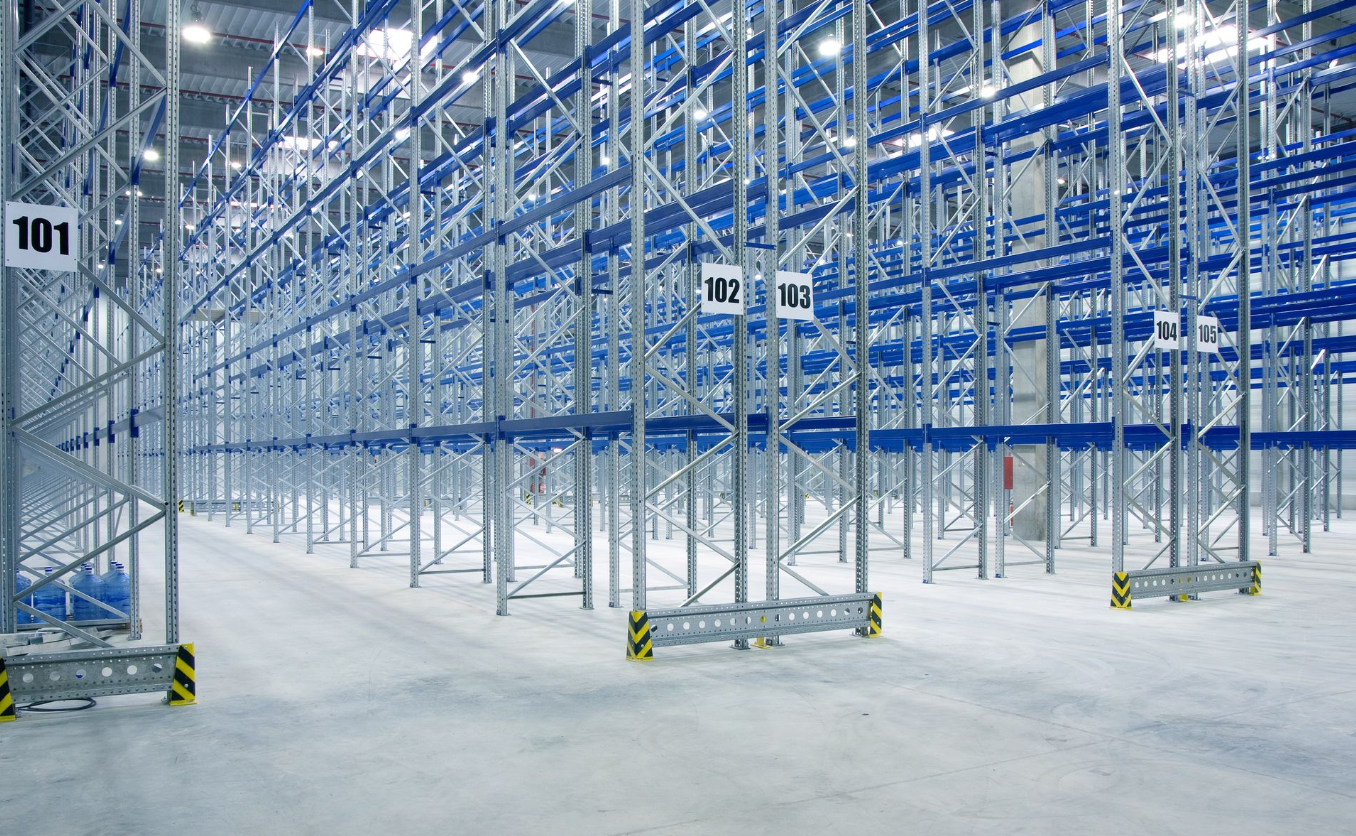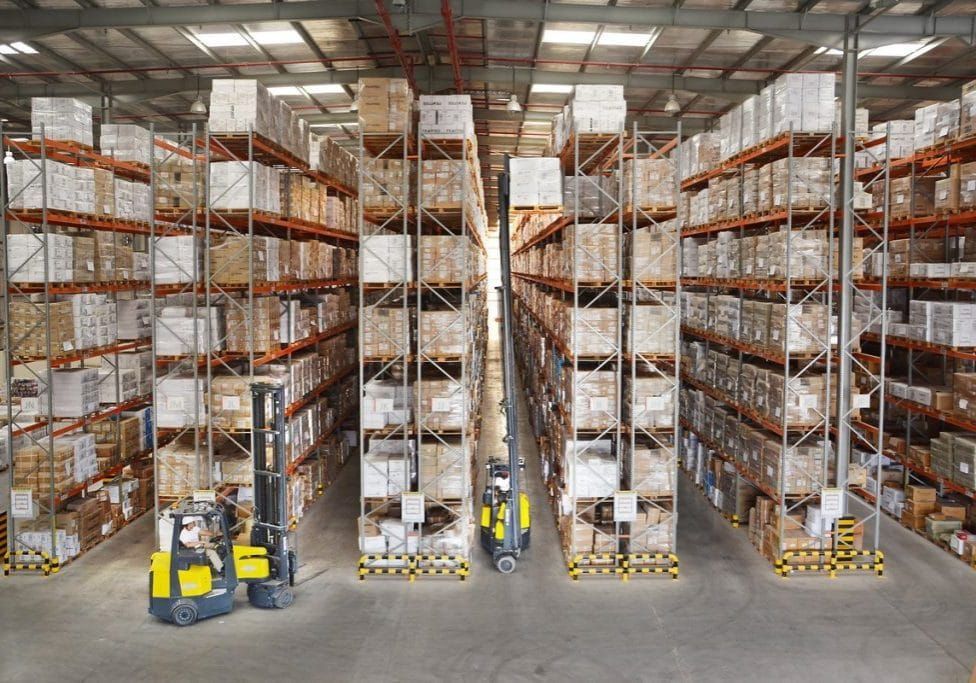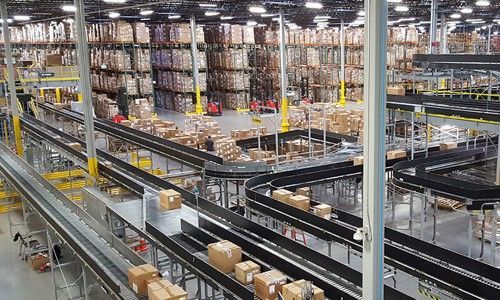What are the Benefits of Using Articulated Forklifts?
Mahdi . • 1 December 2023
Articulated forklifts play a crucial role in the design, supply, and installation of industrial warehouse storage systems. These versatile machines offer a range of benefits, allowing businesses to optimize their operations for improved efficiency. In this blog post, we will explore the advantages of using articulated forklifts and highlight four popular brands in the market: Aisle Master, Flexi, Bendi, and NA Lift.
Aisle Master:
Aisle Master articulated forklifts are renowned for their ability to navigate narrow aisles efficiently. With their excellent maneuverability and a tight turning radius, Aisle Master forklifts can operate in confined spaces, optimizing storage capacity while ensuring smooth material handling.
Flexi:
Flexi articulated forklifts are designed with versatility in mind. These forklifts excel in handling various load sizes and types, making them ideal for businesses with diverse storage needs. Additionally, Flexi forklifts feature a compact design, allowing for maximum space optimization within the warehouse.
Bendi:
Bendi articulated forklifts are known for their exceptional maneuverability, especially in tight spaces. With their ability to operate in narrow aisles, Bendi forklifts help businesses make the most of their storage facilities. These forklifts offer excellent handling capabilities, ensuring efficient material movement within the warehouse.
NA Lift:
NA Lift articulated forklifts combine advanced technology with ergonomic design to deliver outstanding performance. These forklifts prioritize operator comfort, resulting in increased safety and reduced operator fatigue. NA Lift forklifts are equipped with features that enhance productivity and provide a seamless material handling experience.
Market Growth
The demand for articulated forklifts has been steadily increasing in the warehouse storage industry. Businesses are recognizing the importance of maximizing their storage capacity, improving operational efficiency, and reducing costs. Articulated forklifts offer a solution that meets these requirements, driving the growth of the market.
According to industry reports, the market for articulated forklifts has experienced significant expansion in recent years. This growth is attributed to the numerous benefits articulated forklifts offer, such as enhanced maneuverability, versatility, and improved operator comfort.
Benefits of Articulated Forklifts
One of the primary advantages of using articulated forklifts is their ability to combine the benefits of sit-down counterbalance and reach trucks. Let's explore the key benefits in more detail:
Increased Maneuverability: Articulated forklifts excel at navigating narrow aisles and confined spaces. Their exceptional maneuverability allows for efficient movement within the warehouse, enabling businesses to utilize their space effectively.
Enhanced Productivity: The quick maneuvering capabilities of articulated forklifts contribute to improved productivity. Operators can handle materials more efficiently, reducing the time required for tasks such as picking and storing items. This increased productivity translates into time savings and enhanced operational efficiency.
Space Optimization: Articulated forklifts operate in narrower aisles compared to traditional forklifts, enabling businesses to optimize their storage capacity. By utilizing the available space more effectively, warehouses can accommodate a greater volume of inventory.
Versatility: Articulated forklifts are designed to handle various load sizes and types. Whether it's pallets, containers, or irregularly shaped items, these forklifts offer the versatility required to meet diverse material handling needs.
Operator Comfort and Safety: Articulated forklifts prioritize operator comfort and ergonomics. With features such as adjustable seating positions, ergonomic controls, and excellent visibility, these forklifts create a safe and comfortable working environment for operators. Improved safety reduces the risk of accidents and enhances overall operational efficiency.
Articulated forklifts offer a multitude of benefits that make them an excellent choice for businesses in the warehouse storage industry. The combination of maneuverability, increased productivity, space optimization, versatility, and operator comfort sets them apart from other material handling equipment.
In addition to the operational advantages, it's essential to consider the return on investment (ROI) expectations when investing in articulated forklifts. While the initial cost may be higher compared to traditional forklifts, the long-term benefits and savings they provide can result in a significant ROI.
The increased efficiency and productivity achieved through the use of articulated forklifts can lead to cost reductions in labor expenses and improved throughput. By optimizing storage space and minimizing product damage, businesses can also reduce inventory holding costs. These factors contribute to a positive ROI over time.
When evaluating the ROI of articulated forklifts, consider factors such as increased productivity, labor savings, reduced product damage, and improved operational efficiency. By carefully assessing these factors and comparing them to the initial investment, you can gain a clear understanding of the financial benefits these forklifts can bring to your business.
When considering material handling solutions for your business, take into account the advantages articulated forklifts provide, along with the potential return on investment. The four brands mentioned in this article, Aisle Master, Flexi, Bendi, and NA Lift, are trusted options worth exploring.
For more information or assistance in assessing the return on investment and choosing the right articulated forklift for your warehouse, feel free to contact Checkpoint Group. We are dedicated to providing design, supply, and installation services that align with best practices, operational efficiency, and financial success.
Remember, choosing the right equipment is key to optimizing your warehouse storage operations, achieving a positive return on investment, and driving the long-term success of your business.




